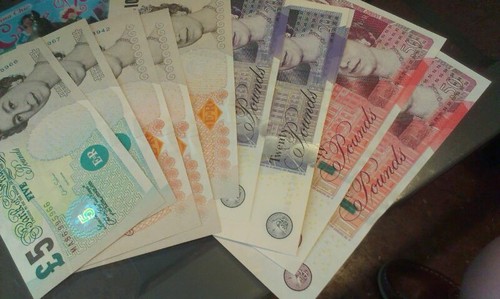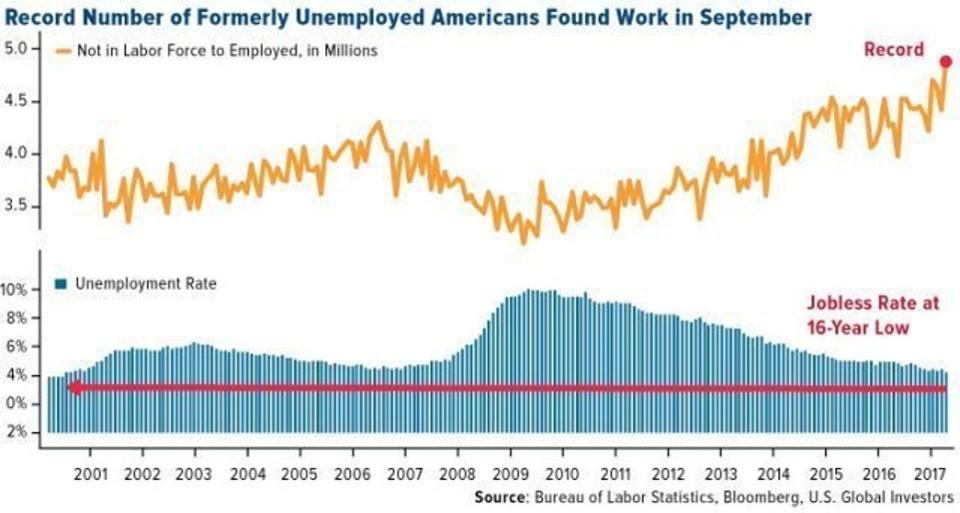London, the capital city of the United Kingdom, is the world’s leading financial centre for international business and commerce and is one of the „command centres” for the global economy.
The economy of London is dominated by service industries, particularly financial services and associated professional services, which have strong links with the economy in other parts of the United Kingdom and internationally. According to the Brookings Institution, in 2011 London had the fifth largest metropolitan economy in the world.[5] By way of comparison, London’s economy is roughly the same size as that of Sweden or Iran.
With an estimated 8,615,246 residents in 2015, London is the most populous region, urban zone and metropolitan area in the United Kingdom. London generates approximately 22 per cent of the UK’s GDP. 841,000 private sector businesses were based in London at the start of 2013, more than in any other region or country in the UK. 18 per cent are in the professional, scientific and technical activities sector while 15 per cent are in the construction sector. Many of these are small and medium-sized enterprises
Business districts
London has five major business districts: the City, Westminster, Canary Wharf, Camden & Islington and Lambeth & Southwark. One way to get an idea of their relative importance is to look at relative amounts of office space: Greater London had 26,721,000 m2 of office space in 2001.
Financial services
London’s largest industry remains finance, it is the largest financial exporter in the world which makes a significant contribution to the UK’s balance of payments. In the 2017 Global Financial Centres Index, London was ranked as having the most competitive financial center in the world, alongside cities such as New York City, Singapore, Hong Kong, Tokyo, San Francisco, Chicago, Sydney, Boston, and Toronto. The City of London is home to exchanges, banks, brokers, investment managers, pension funds, hedge funds,[36] private equity firms, insurance companies and reinsurance markets. London is notable as a centre of international finance where foreign participants in financial markets come to deal with one another.[] It is also home to the Bank of England, the second oldest central bank in the world, and the European Banking Authority, although the latter is expected to move following the Brexit referendum of 2016. Other key institutions are Lloyd’s of London for insurance, the Baltic Exchange for shipping.
A second financial district has developed at Canary Wharf to the east of the City, which includes the global headquarters of two of the world’s largest banks, HSBC and Barclays, the rest-of-the-world headquarters of Citigroup and the headquarters of the global news service Reuters. London handled 36.7% of global currency transactions in 2009 – an average daily turnover of US$1.85 trillion – with more US dollars traded in London than New York, and more Euros traded than in every other city in Europe combined.London is the leading centre for international bank lending, derivatives markets, money markets,[44] international insurance, trading in gold, silver and base metals through the London bullion market and London Metal Exchange,[46] and issuance of international debt securities.

Financial services in London benefited from the UK’s membership of the European Union, although this may end following the decision of the United Kingdom to leave the European Union.The position of London as a financial centre may be further enhanced by the EU-US Free Trade Agreement currently under negotiation or a free trade agreement between the UK and the USA.
The combination of lax regulation and London’s financial institutions providing sophisticated methods to launder proceeds from criminal activity around the world, including those from drug trade, makes the City a global hub for illicit finance and London a safe haven for the world′s malfeasants, according to research papers and reports published in the mid-2010s.
„Even if the situation or the challenge is very complex,usually the simplest solution is the one to go with.”
-Roxanne Quimby




